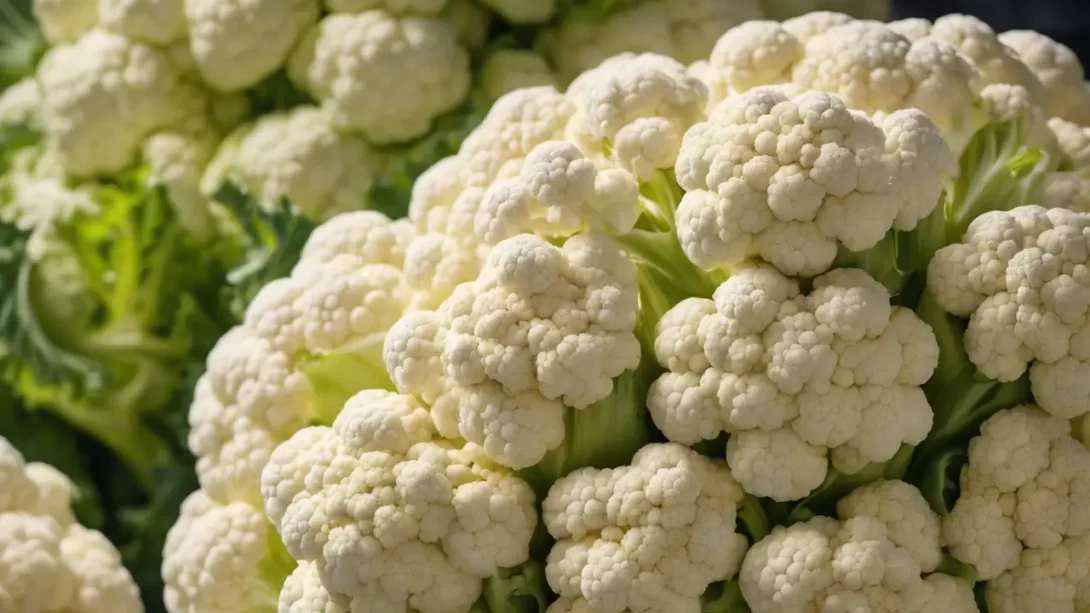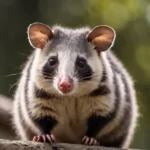Cauliflower, a vegetable often praised for its nutritional benefits and culinary versatility, has been a subject of intrigue when it comes to its origins. This cruciferous vegetable, a member of the Brassica family, is commonly found in kitchens around the world, but its development raises an interesting question: Is cauliflower natural or a product of human intervention? This article aims to explore the fascinating journey of cauliflower from its wild ancestors to the dinner tables of today.
Cauliflower
Cauliflower is classified scientifically as Brassica oleracea, sharing its species with broccoli, cabbage, and Brussels sprouts. Historically, it’s believed to have originated in the Mediterranean region. Over centuries, it has been cultivated and modified into the form we recognize today. There are several varieties, including white, green, purple, and Romanesco, each with distinct characteristics. This diversity itself hints at the plant’s journey through selective breeding.
The Concept of Man-Made Vegetables
To delve into whether cauliflower is man-made, it’s crucial to understand what “man-made” means in the context of vegetables. This term often refers to crops that have undergone selective breeding, where humans have chosen specific traits to enhance or develop over generations. This contrasts with wild vegetables, which evolve naturally without direct human influence. Selective breeding has been a cornerstone of agricultural development, allowing humans to cultivate plants that meet specific needs, be it taste, size, or resilience.
The Origins of Cauliflower
The journey of cauliflower from a wild plant to the vegetable we know today is a fascinating example of human influence on plant cultivation. Cauliflower’s ancestor is the wild cabbage, Brassica oleracea, a plant native to the Mediterranean region. Over centuries, through a process known as selective breeding, farmers chose specific traits to cultivate, leading to the development of the modern cauliflower. This process started as early as the 6th century BC. The cultivation and refinement of cauliflower spread from the Mediterranean to other parts of Europe and eventually worldwide.
Selective Breeding vs. Genetic Modification
It’s important to distinguish between selective breeding and genetic modification, as they are often confused. Selective breeding, or artificial selection, involves choosing plants with desirable characteristics and breeding them over many generations. This traditional method has been used for thousands of years to enhance or alter plant traits naturally. On the other hand, genetic modification involves directly altering the DNA of a plant in a laboratory setting, a practice that is much more recent and technologically advanced. Cauliflower, as we know it, is a result of selective breeding and not genetic modification.
Cauliflower Varieties and Cultivation Today
The cauliflower we consume today comes in various shapes and colors, each variety a testament to the extensive selective breeding it has undergone. These varieties include the common white cauliflower, the green ‘broccoflower’, the visually striking Romanesco with its fractal patterns, and even purple varieties. Modern cultivation practices continue to play a role in maintaining and improving these varieties. The continued human influence in cauliflower cultivation is evident in efforts to improve taste, texture, and resistance to pests and diseases.
Conclusion
In conclusion, while cauliflower is not “man-made” in the sense of being artificially created or genetically modified in a lab, it is certainly a product of centuries of human cultivation and selective breeding. The transformation of wild cabbage into the various forms of cauliflower we enjoy today is a clear example of how human intervention has shaped the characteristics of certain vegetables to suit our preferences and needs.
Understanding the development of vegetables like cauliflower is crucial in appreciating the role of agriculture in human history. It highlights the ingenuity and resourcefulness of early farmers and plant breeders who, over generations, turned a wild plant into a nutritious, versatile, and widely loved vegetable.
Thus, while cauliflower itself is not a creation of modern technology, it is undoubtedly a creation of human endeavor and agricultural development. It stands as a testament to the relationship between humans and the natural world, showcasing how cultivation practices can lead to the creation of diverse and desirable food crops.
In this light, cauliflower is a cultivated vegetable, brought to its current form through the selective breeding practices of our ancestors. This understanding not only deepens our appreciation for this vegetable but also for the ongoing journey of agricultural innovation and plant cultivation.




